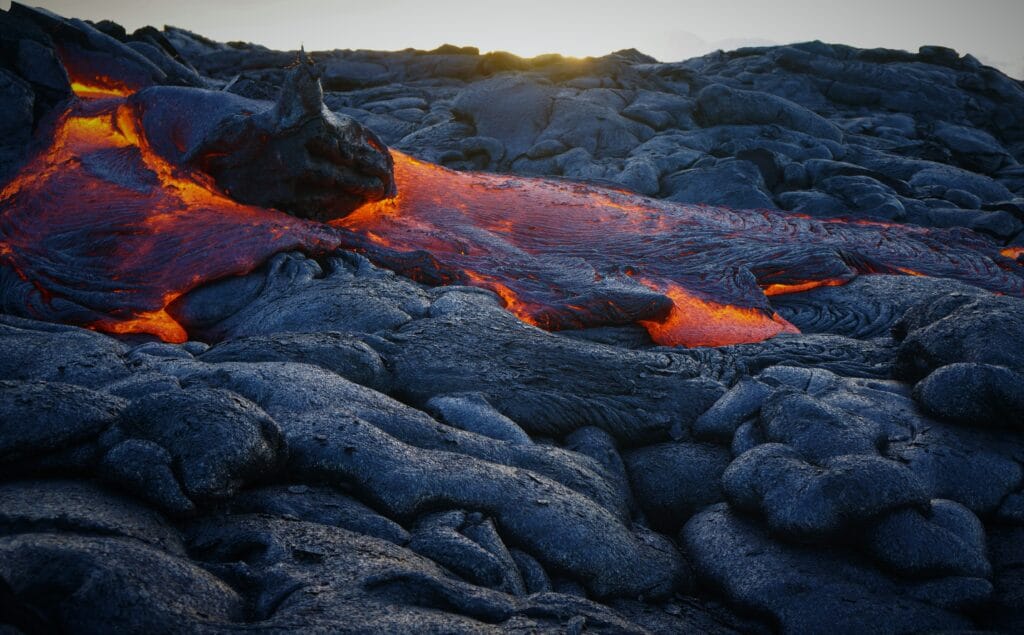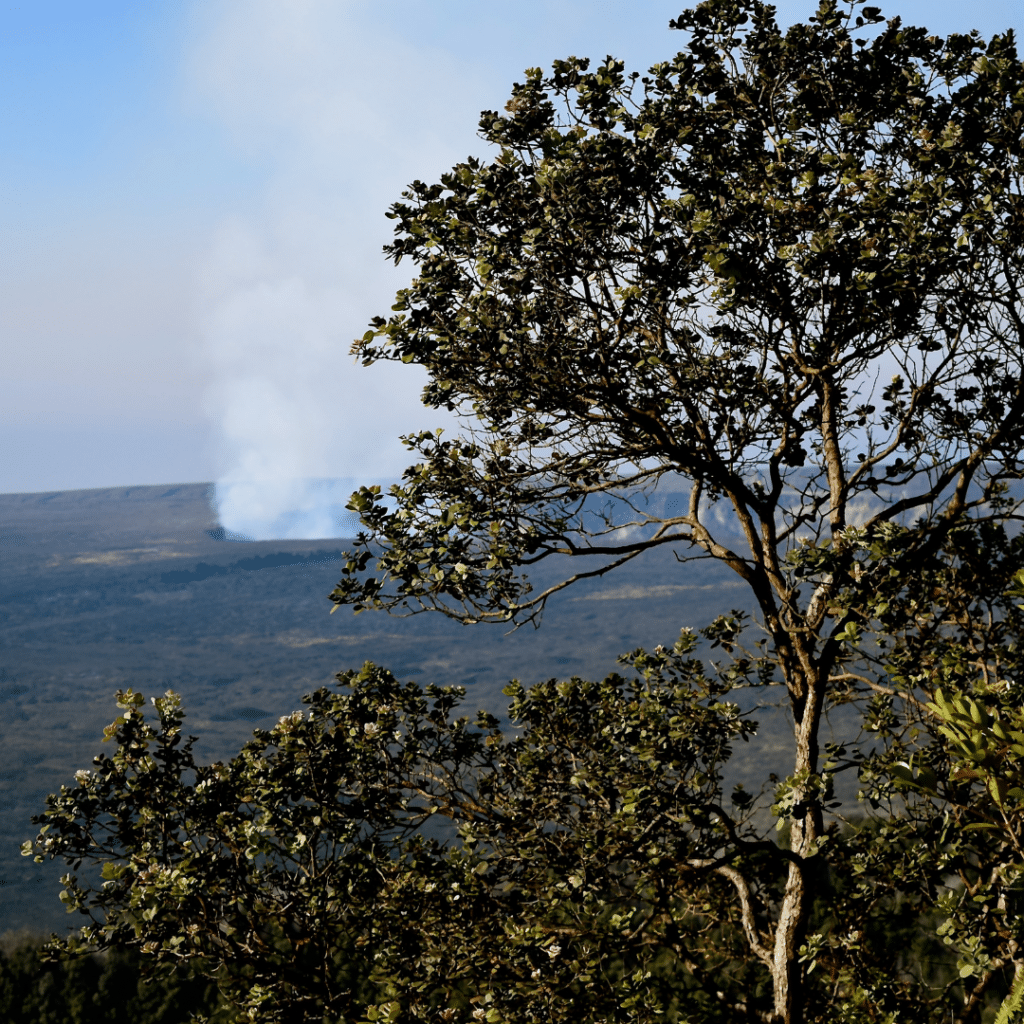In the spirit of Volcano Awareness Month, and in light of the undersea volcanic eruption that rocked Tonga recently, we thought now would be a good time to set the record straight about Kīlauea and Hawai’i Island’s other volcanoes!
What transpired on Tonga was tragic, and a potent reminder of just what a powerful force volcanoes can be. But not all volcanoes are created equal, and there are several differences between the Hunga Tonga-Hunga Ha’apai volcano and Hawaii’s erupting volcano, Kīlauea.
Let’s take a look at the key differences that make Kīlauea, Lōihi, and other Big Island volcanoes much safer than Krakatoa, Hunga Tonga, and some of the more dangerous volcanoes around the world.

The Archetype Stratovolcano
You know the type! The stratovolcano is what everyone pictures when they hear the word “volcano,” thanks largely in part to the media and movies. An archetype stratovolcano has a well-defined, conical shape, a crater/vent at its top, and steep slopes.
A stratovolcano’s defining feature is a conduit system. Through this system, magma rises from a reservoir deep in the crust of the Earth, to the surface. The accumulation of material erupted through the conduit forms the stratovolcano.
Located in the waters of the Kingdom of Tonga, the Hunga Tonga-Hunga Ha’apai volcano is a marine stratovolcano that has grown to sea level from the Pacific’s deep seafloor. Hunga Tonga’s eruptions are explosive because newly erupting molten rock or magma with a temperature estimated to be 1832°F is superheating the surrounding seawater.
With a silicic and gas-rich chemistry, it’s likely that Hunga Tonga’s eruption last week was violent because it was fueled by a magma-water interaction, as well as a rise in dissolved volcanic gas content in a fresh batch of magma.
The Massive Shield Volcano
Unlike the explosive chemistry of stratovolcanoes, shield volcanoes are primarily built of highly fluid lava flows, called basalt lava. From a central summit vent, or group of vents, lava flow after flow gently pours out in all directions. As it does, it gradually builds a broad, domed-shaped cone. The lava spreads slowly over great distances and cools along the way, which is why some of the largest volcanoes on the planet are shield volcanoes.

Lava can also erupt from vents along rift zones that develop on the cone’s flanks. And the Hawaiian Islands consist of linear chains of these shield volcanoes, including Kīlauea and Lōihi.
Located nearly 22 miles off the southeast coast of the Big Island, Lōihi is Hawaii’s newest volcano. So new, in fact, that it’s still under water – Sorry, you can’t visit this one!
Despite a cluster of earthquakes associated with Lōihi, scientists have yet to find a significant lava flow. And like its sister volcanoes, Lōihi is destined for an eruption. But it won’t be a sudden eruption like Hunga Tonga–Hunga Haʻapai. In fact, it will be an extremely slow process as Lōihi is 10,000 feet from the ocean floor and its summit remains around 3,000 feet below sea level
How slow? Experts anticipate that it will take from tens of thousands to more than 100,000 years before Lōihi even breaks the surface.
One of the world’s most active and largest shield volcanoes, Kīlauea is currently erupting, making many visitors question how safe it is to visit Hawai’i Island. We’d like to take a moment to point out that the majority of the Big Island is NOT directly impacted by volcanic activity. This is the case now, and was even during the notable volcanic activity of 2018.
Our island is around 93 miles across and more than 4000 square miles in size, and the area affected by volcanic activity in 2018 encompasses only about 20 square miles. That’s actually less than 1% of Hawai’i Island!
2018’s active flow area was in Puna, where the Kīlauea flows have been active many times over the past 200 years. And this area is not inside of Hawai’i Volcanoes National Park.
It’s true that there is a lava lake in Kīlauea’s Halema’uma’u crater at the moment. But you can rest assured that it’s safe to stay in Volcano, HI and visit the park!
Here’s why:
Kīlauea is continually pumping out gas and lava. This acts as a release valve for the volcanic pressure, mitigating the chance of an explosive eruption. And it’s this gradual, consistent activity that makes a visit to Hawai’i Volcanoes National Park such a breathtaking experience!
As long as you adhere to Hawai’i Volcanoes National Park’s regulations and stay out of restricted zones, you can and should spend a day or two at the park to witness the splendor of a shield volcano at work.
We hope this information sets your mind at ease. If you still have questions about booking a stay in Volcano, HI, please contact us. We’re here to help you make the most of your Hawai’i Island vacation!
